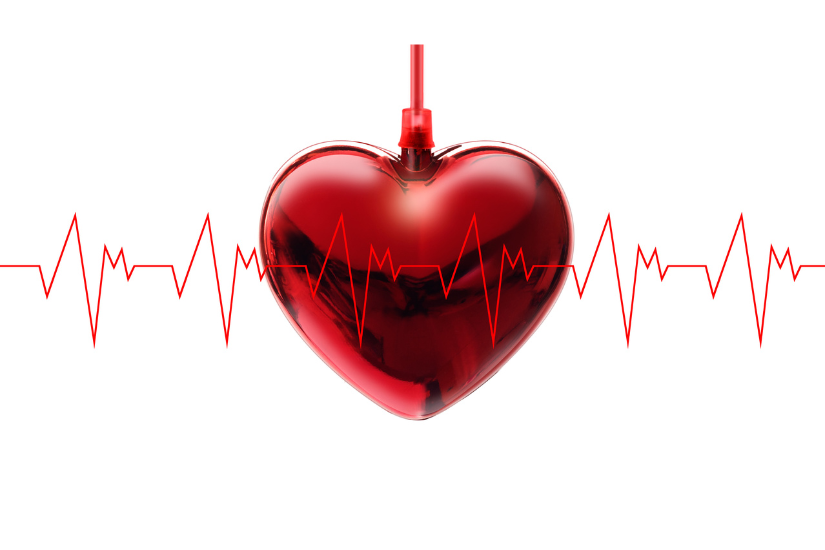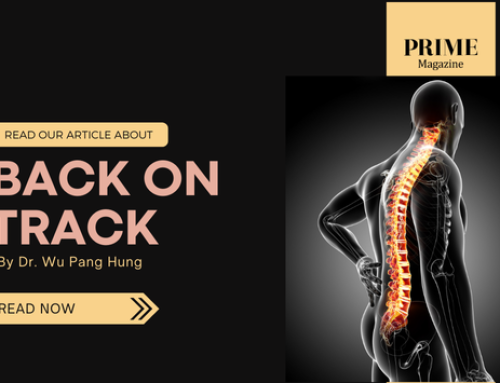
A defibrillator is a medical device used to treat certain types of life-threatening cardiac arrhythmias, such as ventricular fibrillation or ventricular tachycardia. These abnormal rhythms can cause the heart to stop pumping blood effectively, leading to cardiac arrest.
However, a defibrillator is not capable of restarting a heart that has completely stopped beating. In a situation where the heart has stopped, it is referred to as asystole or “flatline.” Asystole indicates the absence of
any electrical activity in the heart, making it unresponsive to defibrillation.
In cases of asystole, the primary treatment approach is cardiopulmonary resuscitation (CPR) to manually pump blood to vital organs and maintain oxygen supply until advanced medical support arrives. CPR involves chest
compressions and, in some cases, the administration of medication to stimulate the heart’s electrical activity.
Defibrillation is effective when there are specific abnormal heart rhythms present. Defibrillation can help restore a normal heart rhythm. However, it does not restart a heart that has completely stopped.
During a cardiac arrest event, immediate access to emergency medical services, early CPR, and early defibrillation (if applicable) are critical factors for improving the chances of survival. Public awareness of CPR techniques and the availability of automated external defibrillators (AEDs) in accessible locations can greatly contribute to saving lives in cardiac emergencies.










